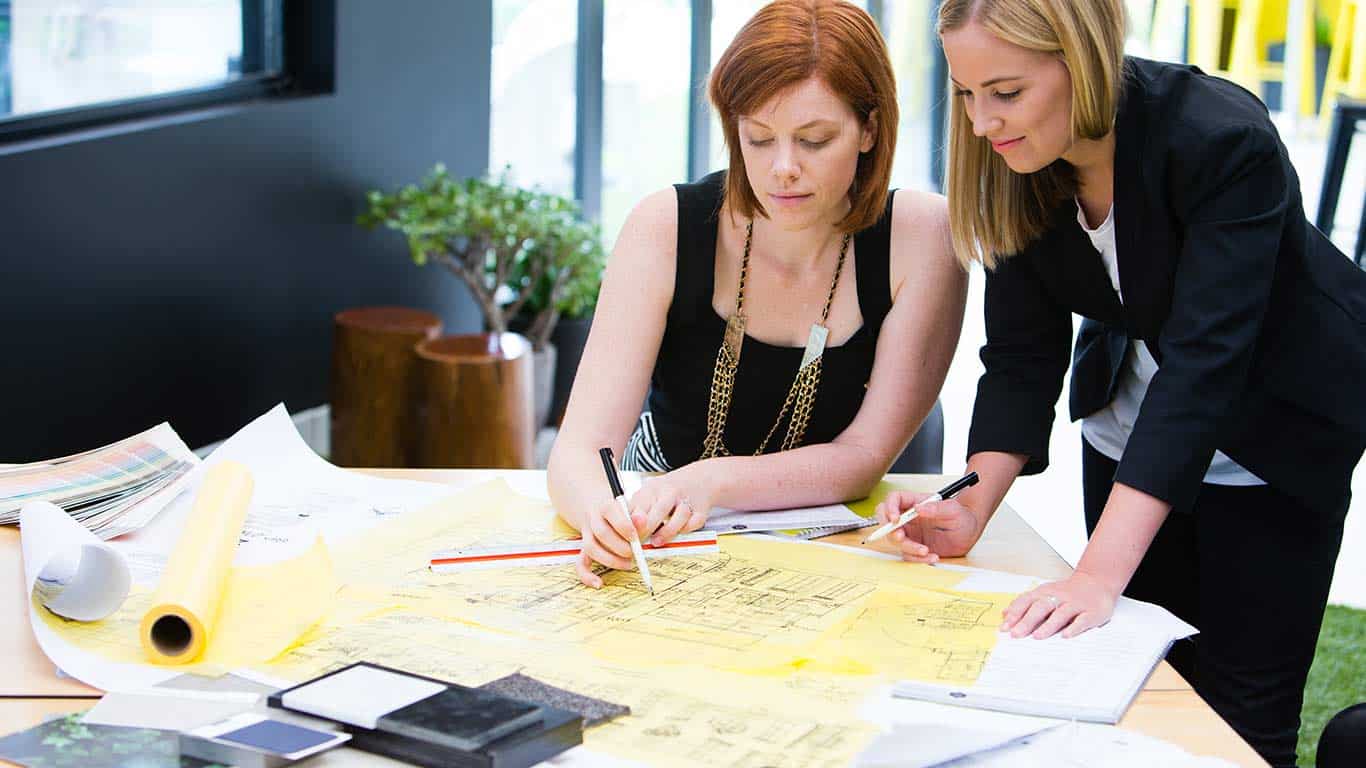
13 Dec Do a Sanity Check!
Get a Test Fit
Preparing test fits on your shortlisted tenancy options gives you a multitude of benefits before making a critical decision in your property acquisition process. It provides you with the opportunity to visualise how your requirements fit into each unique building footprint and to sanity check your requirements, before you sign that lease; do we really need 6 meeting rooms?
To kick start the process a high level briefing meeting is conducted with the client and other relevant stakeholders.
Dependant on the level of buy in the client wishes to embrace this could be limited to the CEO/CFO or include the Office Manager, key Department Heads and the client Tenant Representative or anything in between. Whilst it’s a great idea to get buy in from the team, as with any good decision, the outcome is better not designed by committee, so it’s important to retain a single spokesperson and decision maker, to keep the process smooth and consistent.
The high level brief will include the basics of how many; offices, workstations, meeting rooms, breakout spaces, storage, utility spaces and server rooms your business will require. These numbers should factor in your growth projections in an attempt to future proof your space requirements. In addition to this the high level brief will scratch the surface on who your organisation is and what it is that you do. This information provides insight to your designer about what kind of business you are and what style of workplace they should be trying to create for you and your people. For example;
- Are your employee’s collaborative or do they work independently?
- Are you a relatively quiet organisation or do you get a bit noisy?
- How many departments do you have? How many people in each? Are there any critical adjacencies?
- Do you have a lot of client facing meetings or are you mostly an inwardly facing business?
- What are the values of the business? What’s important?
- How flexible does the space need to be? Do you expand and contract a lot or are you relatively stable?
All this information guides your designer to put the elements of your new workplace in an arrangement that makes sense for your business and supports the people in your business to work most efficiently.
Ideally either CAD [dwg files] or PDF’s of the proposed tenancy’s are available for your design team to work with, the leasing agent or landlord should have these, however if not it’s simply a case of the designer conducting a site measure to prepare some. It may cost you a little more, however ensuring you have an accurate base plan is critical to ensuring you’re doing your due diligence.
Then it’s just a case of the designer working their magic to put the pieces of the puzzle together.
Fitting all your requirements into the building footprint in a way that makes sense for your business and its optimal performance.
The outcome is a set of visual diagrams that enables you to see how your business will fit into your shortlisted options. You may find that;
- the position of the building core, segregates your teams and contradicts your organisation goal to consolidate your teams.
- In order for your reception space to make use of the amazing view that drew you to that building that you lose a large amount of floor area creating a corridor to get to it from the lifts.
- The shape and proportions of the floor plate may negatively impact on the efficient planning of the space, creating pockets of dead unusable space; dead rent.
- The number, size, shape, position of the building columns may have significant impacts on the planning efficiency; lose workstations, inefficient planning and resulting in increased area to be leased
- If split over two floors, the team dynamic is not what you were hoping to achieve. That the required collocation of departments across the two levels doesn’t work as you’d hoped and key adjacencies aren’t achieved.
Your designer can help analyse the test fit options, providing you with a list of Pro’s and Con’s for each tenancy. You may find that compromise is needed with each option, but the level varies or there may be one stand out winner.
All of these elements factor into making an informed decision about the best choice for your tenancy. Weighed up against the commercial realities of rent, lease incentives and location, the test fit process enables you to analyse, arguably one of your greatest asset costs, the impact that the selected tenancy will have on your people and how the planning impacts on their ability to perform at their peak.
 Blog contributed by our very own fearless leader… MEL MARSDEN
Blog contributed by our very own fearless leader… MEL MARSDEN
“Our Chief creative, she’s the brains behind this operation!”


